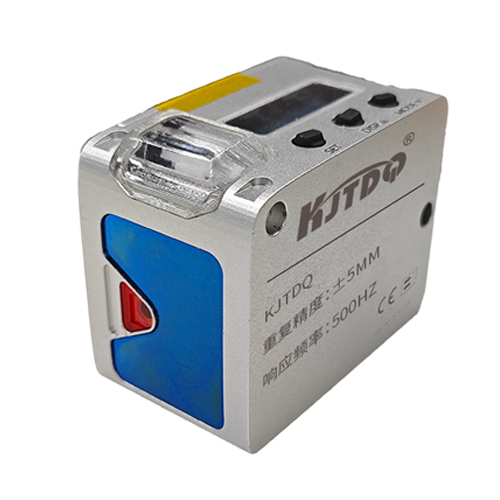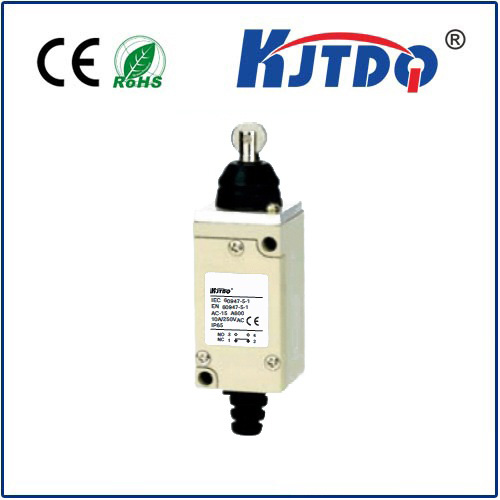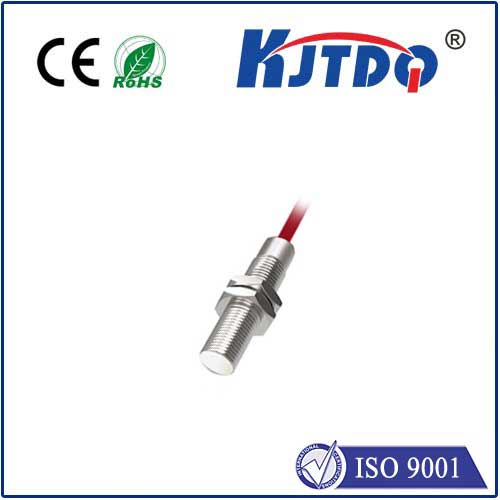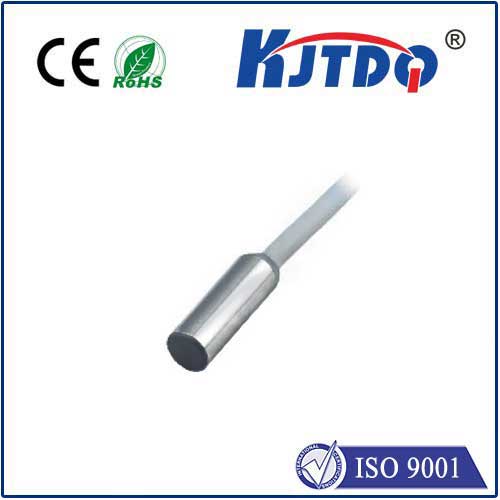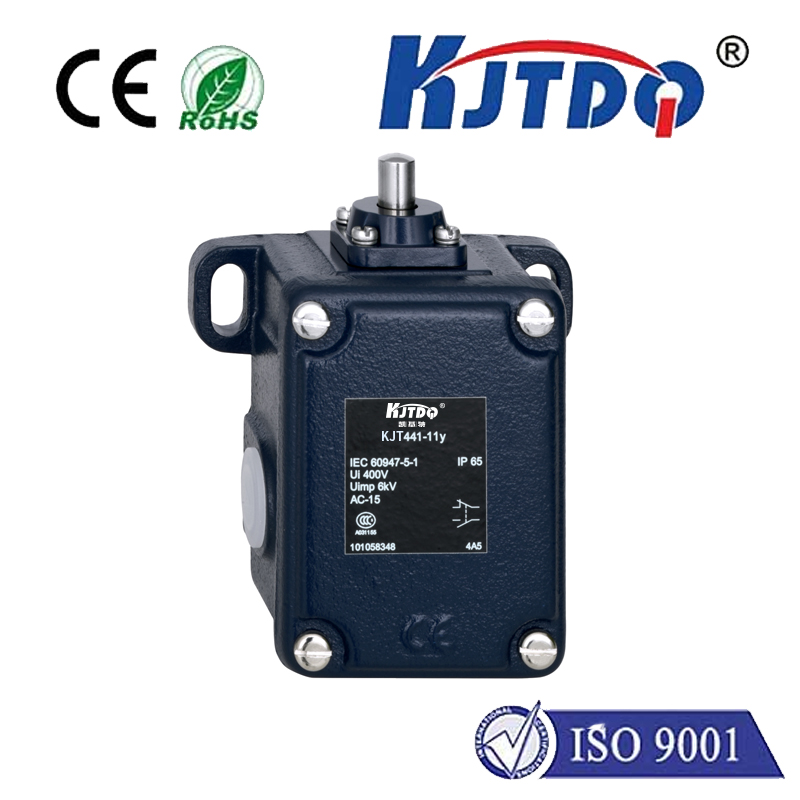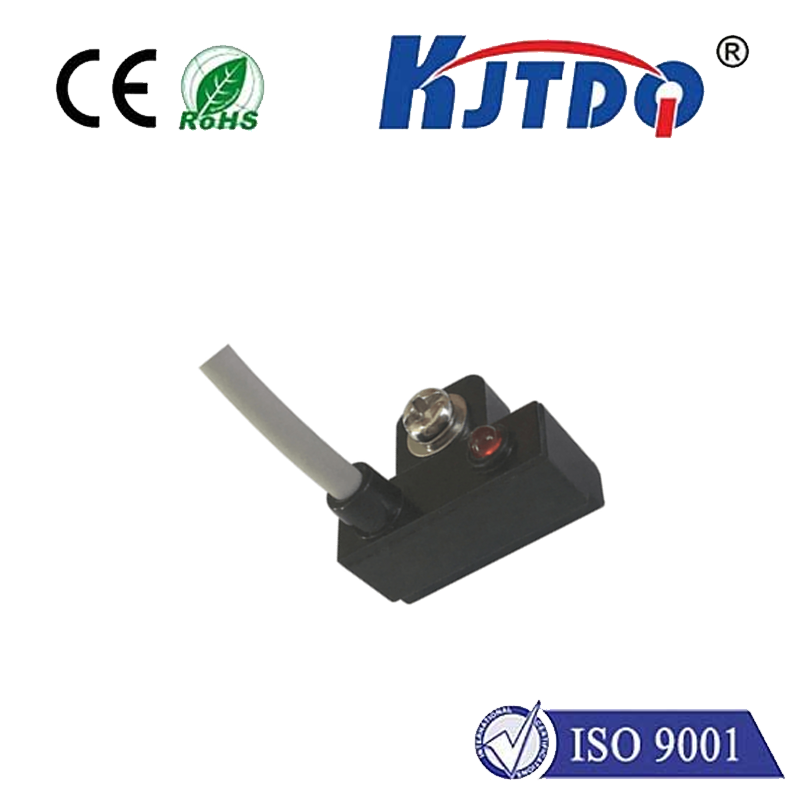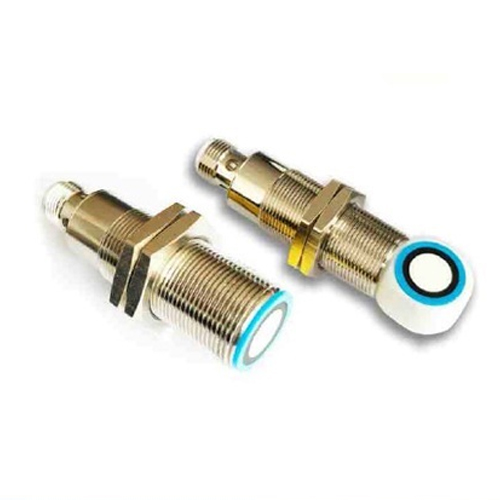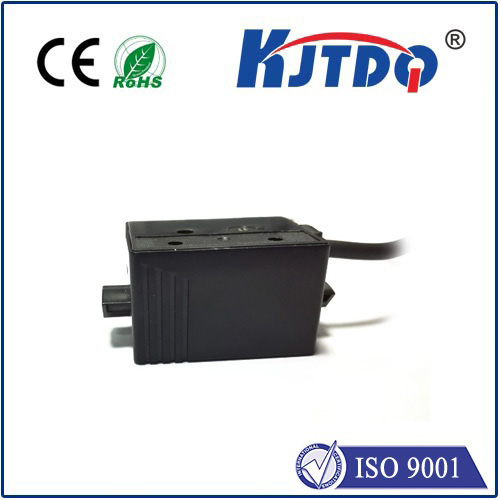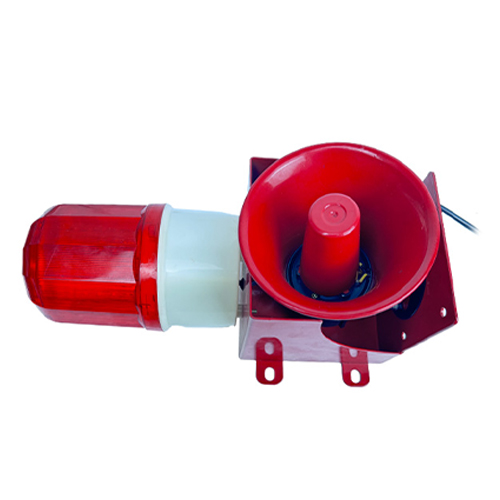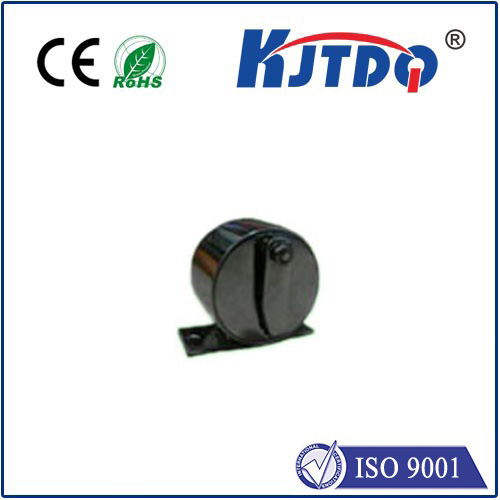lever limit switch
- time:2025-07-31 00:00:08
- Click:0
Lever Limit Switches: Precision Control in the World of Industrial Automation
Imagine a bustling assembly line: robotic arms whir, conveyors hum, and components glide into place with rhythmic precision. Suddenly, a crucial machine stops. Investigation reveals a misaligned part wasn’t detected, causing a jam and costly downtime. This scenario underscores the vital role of seemingly simple components like the lever limit switch, the unassuming sentinels ensuring machines operate safely, efficiently, and within their intended boundaries.
Understanding the Lever Limit Switch: Mechanism and Core Function
At its heart, a lever limit switch is a type of electromechanical switch, specifically designed to detect the presence, absence, position, or end of travel of an object. Its defining characteristic is a physical lever arm (or actuator arm) extending from the switch body. This lever is the critical interface with the machine’s moving parts.
Here’s how it fundamentally works:
- Physical Contact: The moving component of a machine (e.g., a door, a carriage, a piston rod, or a gate) makes contact with the lever arm of the switch as it reaches a predetermined point in its path.
- Actuation: The force applied to the lever arm overcomes the internal spring mechanism within the switch.
- Electrical Change: This mechanical movement toggles the internal electrical contacts. Depending on the switch design (Normally Open - NO, Normally Closed - NC, or changeover), this action either completes or interrupts an electrical circuit.
- Signal Transmission: This change in the electrical circuit sends a clear signal to the machine’s control system (like a PLC - Programmable Logic Controller). The signal essentially says: “The object has reached Position X” or “The door is fully closed.”
This simple yet robust mechanism provides a reliable, physical confirmation of position, essential for sequence control and safety.

Where Lever Limit Switches Shine: Key Applications
The versatility of lever limit switches makes them indispensable across countless industries:
- Industrial Machinery & Automation: Foundational for position sensing on CNC machines, robotic arms, injection molding machines, packaging lines, and presses to confirm tool position, end-of-stroke, or part presence. They initiate or halt sequences based on location.
- Material Handling: Crucial on conveyors, elevators, hoists, and automated guided vehicles (AGVs) for detecting end-of-travel, jam detection (over-travel), pallet positioning, and gate/door status confirmation. They prevent collisions and ensure smooth workflow.
- Access Control & Safety: Integrating into safety gates, guards, and doors on machinery and enclosures. When a guard door equipped with a lever switch is opened, the switch immediately interrupts power, acting as a critical safety interlock to protect personnel.
- Construction & Agricultural Equipment: Used on cranes, excavators, lifts, and agricultural machinery for boom/jib position limits, leveling indication, and implement position feedback.
- Process Control: Monitoring valve positions, damper settings, or hatch closure statuses in pipelines, tanks, and process equipment.
Why Choose a Lever Limit Switch? The Compelling Advantages
Despite the rise of proximity sensors, lever switches offer unique benefits:
- Physical Confirmation: Provides tactile feedback and positive actuation, making it ideal for applications where physical contact is acceptable and confirmation is paramount.
- Robustness & Reliability: Designed to withstand harsh industrial environments – resistant to vibration, shock, dirt, moisture (with appropriate IP ratings like IP65 or IP67), and even washdowns (stainless steel variants). They offer consistent performance under demanding conditions.
- High Current Capacity: Compared to many electronic sensors, mechanical limit switches can often handle higher electrical loads directly, simplifying control circuits for motors, solenoids, or relays.
- Simplicity & Cost-Effectiveness: Their mechanical nature makes them relatively simple, easy to understand, install, maintain, and typically more cost-effective than complex electronic alternatives for basic position detection tasks.
- Visual Confirmation: Many designs incorporate visual indicators (like a toggle or flag) that provide immediate, local confirmation of the switch’s state.
- Versatility: Available with various lever designs (roller lever, whisker lever, straight lever, adjustable levers), contact configurations (SPDT, DPDT), and case materials (plastic, metal, stainless steel) to suit specific application needs. Features like over-travel protection prevent damage if the actuating force exceeds the lever’s designed limits.
Key Design Features and Selection Considerations
Choosing the right lever limit switch involves understanding key characteristics:
- Lever Arm Type & Length: Determines how the moving part interacts with the switch and the necessary operating force. Roller levers reduce friction and wear; whisker levers need minimal force; adjustable levers offer flexibility.
- Electrical Rating (Voltage & Current): Must match the load being controlled (e.g., motor current, PLC input requirements).
- Contact Configuration: Normally Open (NO), Normally Closed (NC), or Changeover (SPDT - Single Pole Double Throw). Critical for the logic of the control circuit. Check required auxiliary contacts for signaling or interlocking.
- Housing Material & Protection (IP Rating): Plastic for general duty, metal for durability, stainless steel for corrosive or washdown environments (food & beverage, pharmaceuticals). IP rating defines protection against dust and water ingress.
- Operating Force & Travel: The force needed to actuate the switch and the distance the lever must move. Consider over-travel capabilities.
- Mounting: Ease of installation and securing the switch reliably in the required position.
- Repeat Accuracy: The consistency of the switch point during repeated operations. Higher precision applications demand better repeatability.
Installation and Maintenance: Ensuring Long-Term Reliability
Proper installation and periodic checks maximize the lifespan and reliability of lever limit switches:
- Secure Mounting: Ensure the switch is rigidly fixed to prevent vibration or movement from causing false signals or damage.
- Precise Positioning: Calibrate the position carefully so the lever is actuated at exactly the desired point by the moving part. Avoid excessive force or impact.
- Lever Alignment: Ensure the moving part contacts the lever correctly (e.g., hitting the roller, not binding on the side) to prevent premature wear or breakage.
- Environmental Protection: Verify seals (especially around the lever shaft entry point) are intact and the correct IP rating is chosen. Protect wiring conduits.
- Regular Inspection: Periodically check for:
- Physical damage to the lever, housing, or mounting.
- Smooth lever operation (no sticking or excessive friction).
- Security of electrical connections.
- Consistency of actuation.
- Cleanliness, removing buildup of dirt, grease, or debris that could impede movement.
The Future: Lever Switches in a Smart Manufacturing World
While sensor technology evolves, the fundamental lever limit switch remains highly relevant. Its future lies in integration:
- Enhanced Connectivity: Models with integrated IO-Link or other communication protocols can provide diagnostic data (switch cycles, operating temperature, potential pre-failure warnings) alongside the basic position signal, feeding into predictive maintenance strategies.
- Ruggedized Electronics: Combining the mechanical robustness of the lever actuator with integrated solid-state






